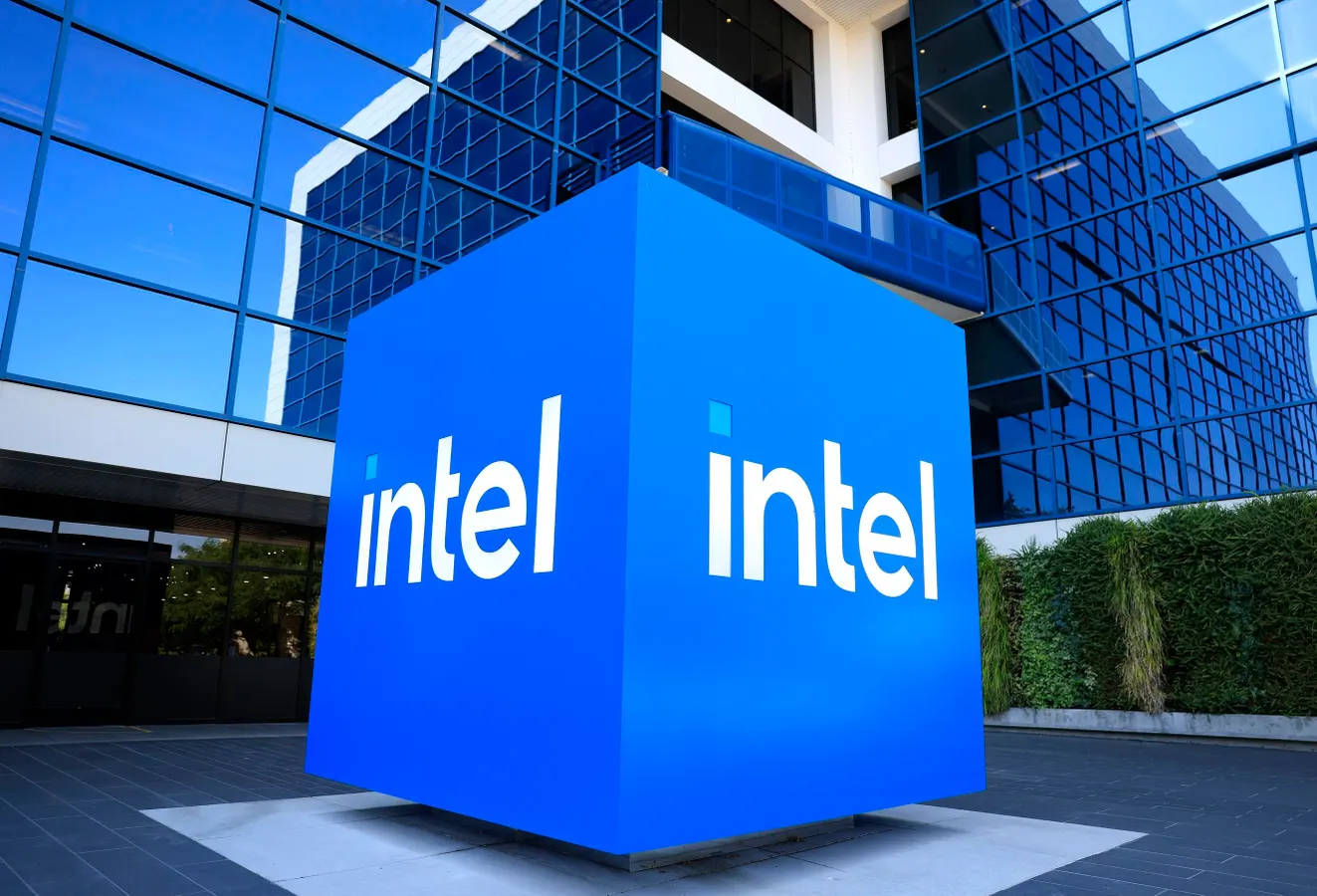Copyright forbes

Despite its well-documented struggles in recent years—ranging from manufacturing setbacks to market share losses in the CPU space—Intel has historically been a generous steward of shareholder capital. SANTA CLARA, CALIFORNIA - JULY 16: The Intel logo is displayed on a sign in front of Intel headquarters on July 16, 2025 in Santa Clara, California. Intel is laying off nearly 4,000 employees in offices across the United States in the coming weeks as part of a company-wide cost-cutting push led by new CEO Lip-Bu Tan. (Photo by Justin Sullivan/Getty Images) Getty Images In the last decade, Intel (INTC) stock has returned a notable $94 Bil back to its shareholders through cold, hard cash via dividends and buybacks. Let's look at some numbers and compare how this payout power stacks up against the market's biggest capital-return machines. As it turns out, INTC stock has returned the 19th highest amount to shareholders in history. INTC Returns Why should you care? Because dividends and share repurchases represent direct, tangible returns of capital to shareholders. They also signal management's confidence in the company's financial health and ability to generate sustainable cash flows. And there are more stocks like that. Here is a list of the top 10 companies ranked by total capital returned to shareholders via dividends and stock repurchases. MORE FOR YOU Quiz time: Over the last 5 years, which index do you think the Trefis High Quality Portfolio outperformed - the S&P 500, S&P 1500 Equal Weighted, or both? The answer might surprise you. See how our advisory framework helps stack the odds in your favor. Top 10 Stocks By Total Shareholder Return For full ranking, visit Buybacks & Dividends Ranking What do you notice here? The total capital returned to shareholders as a % of the current market cap appears inversely proportional to growth prospects for reinvestments. Stocks like Meta (META) and Microsoft (MSFT) are growing much faster, in a more predictable way, compared to the others, but they have returned a much lower fraction of their market cap to shareholders. That's the flip side to high capital returns. Sure, they are attractive, but you have to ask yourself the question: Am I sacrificing growth and sound fundamentals? With that in mind, let's look at some numbers for INTC. (see Buy or Sell Intel Stock for more details) Intel Fundamentals Revenue Growth: -3.7% LTM and -9.4% last 3-year average. Cash Generation: Nearly -20.6% free cash flow margin and -8.3% operating margin LTM. Recent Revenue Shocks: The minimum annual revenue growth in the last 3 years for INTC was -26.4%. Valuation: Intel stock trades at a P/E multiple of -8.4 (loss) Intel Fundamentals That's a good overview, but evaluating a stock from an investment perspective involves much more. That is exactly what Trefis High Quality Portfolio does. It is designed to reduce stock-specific risk while giving upside exposure. INTC Historical Risk Intel shows how volatile even big names can be. It fell about 74% during the Dot-Com Bubble and dropped 55% in the Global Financial Crisis. The 2022 inflation shock hit it hard too, with a 62% decline. Smaller shocks weren’t kind either — around 35% in the Covid selloff and 26% in the 2018 correction. Solid fundamentals help, but Intel’s history proves that no stock is immune when markets turn. But the risk is not limited to major market crashes. Stocks fall even when markets are good - think events like earnings, business updates, and outlook changes. Read INTC Dip Buyer Analyses to see how the stock has recovered from sharp dips in the past. The Trefis High Quality (HQ) Portfolio, with a collection of 30 stocks, has a track record of comfortably outperforming its benchmark that includes all 3 - the S&P 500, S&P mid-cap, and Russell 2000 indices. Why is that? As a group, HQ Portfolio stocks provided better returns with less risk versus the benchmark index; less of a roller-coaster ride, as evident in HQ Portfolio performance statistics. Editorial StandardsReprints & Permissions



